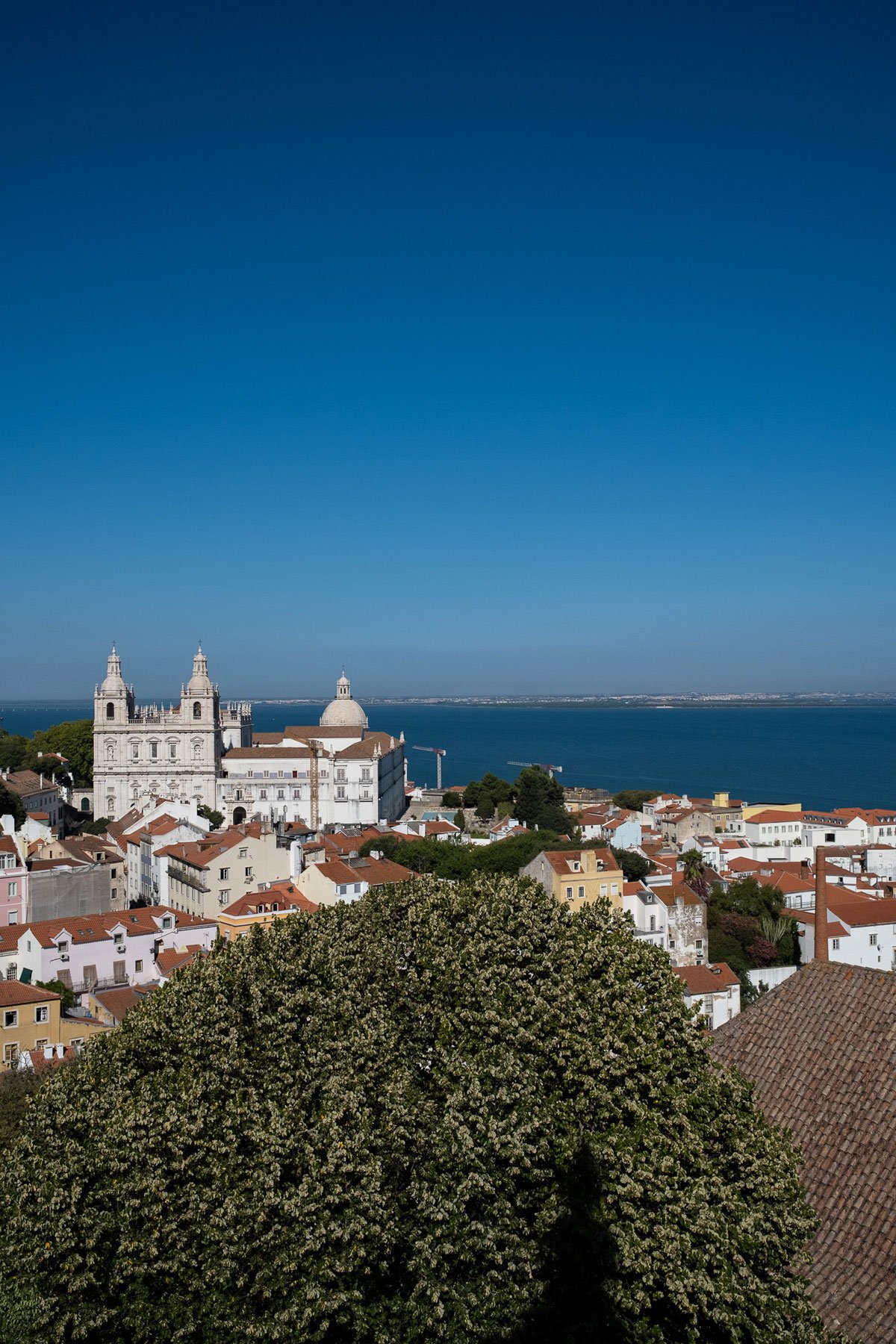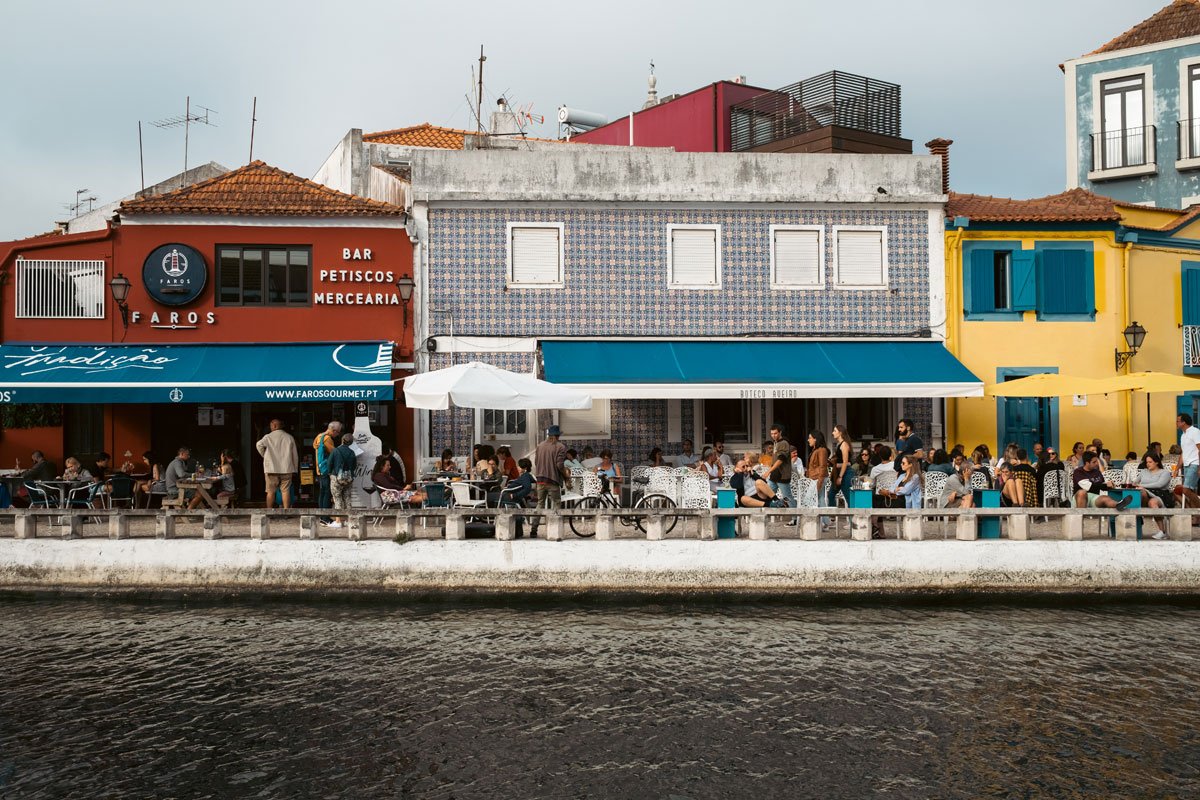INDONESIA || Hiking for the Best Landscape View

After a year of staying at home, working online, and undergoing significant changes in lifestyle, we took our first flight in the last week of December 2020.
Indonesia reopened domestic tourism sometime in August 2020, but we waited for the Christmas break to free ourselves from the clutches of boredom and a rather unhealthy mental state. Lina and I finally decided to take our 5-year-old son away from the town and into a less crowded destination in the eastern part of the country that could be filled with tourists when conditions are normal.
The Komodo National Park in the Province of East Nusa Tenggara has been popular with many world tourists though it still has to rise to the ranks of Bali. The Park has some unique features to offer, including the largest living lizards, the Komodo Dragons, that can only be found here. When you consider the Park as a whole, with its nearly 30 islands, it is definitely the seascape and the beaches that keep hypnotizing you during the trip.
The most scenic part here is Padar Island featuring a series of rolling hills with differently shaped peaks and sloping savannahs from east to west. When viewed from the top, the island is a complicated rock formation evoking prehistoric thoughts and beauty that surpasses imaginations of an idyllic haven. And yes, you have to climb one of the peaks in order to witness the outline of the island that is the most sought after charm. From the comfort of your boat cabin, the island is just another hilly structure that can be seen all around the National Park.
We reached here early morning to register at the National Park office with a number of other tourists (far fewer than usual due to Covid-19 induced conditions). Entry is only permitted in the morning (6-10 am) and late afternoon (3-6 pm). The office remains closed between 10 am and 3 pm. Travelers either aim to get here for the sunrise or the sunset view. Mid-day sun on Padar can be mercilessly hot, especially during the high season, June-October.
Our son was getting excited about his first hiking adventure although I was slightly apprehensive about his getting to the top. The good thing (or, not really good for the adventure thirsty) about here is that steps are provided all the way to the top of the southern peak. The last leg can be a bit rocky but should provide no big challenges for anyone above 8 years old. Our son needed a little bit of handholding and some cradling by our friendly guide before making it to the summit.
After 40 minutes of hiking (can be done in 25-30 without taking breaks), we reached the peak and gazed toward the south-west that provides one of the most stunningly entrancing landscape views you can savour anywhere in the world. The hills that brandish themselves like giant claws of prehistoric beasts, the arches of beaches that showcase multiple hues of sands – white, black and pink – appear before you as a compiled 3D picture. Your eyes turn from left to right, top to bottom and process a 360-degree panorama that cannot be recreated effectively by any app.
Mesmerizing mixture of white, black and pink sand
Padar Island is formed purely of slender hills that rise and fall from one end to another. These hills are barren and look terrifyingly brownish during the dry season, but don a lovable greenery when rainfall starts sometime in December or late November. The hills hold savannahs with no trees anywhere to provide shade for travelers. The island is uninhabited though the biggest wildlife attraction in the Park, the Komodo Dragons, once used to roam the hills. Following food scarcity, the authorities decided to move them to their native Komodo island in the west.
We descended down the stairs, consuming the last bits of an addictive beauty to get it imprinted on our minds. Our boat then made a roundabout cruise along the island’s surrounding waters to take us to the Long Pink beach. The Komodo National Park has several pink sand beaches of which the one on Padar is oft-visited. There are red microscopic organisms called Foraminifera that leave red/pink pigments on coral reefs. Once parts of the reefs break up, they fall to the ocean floor and subsequently end up mixing with the white sand. The combination of red powdered bits of the reefs and white sand conjure up an eye-catching metamorphosis, resulting in pink sand beach.
Pink sand beach
Photos and words by Pramod Kanakath





